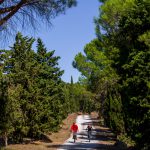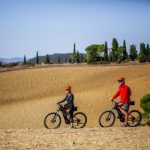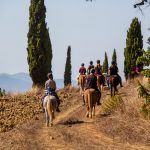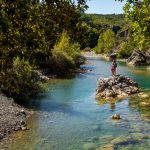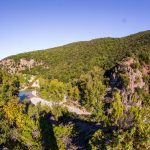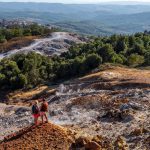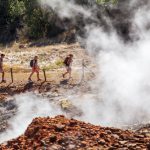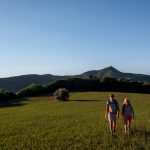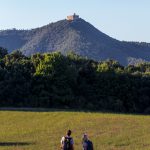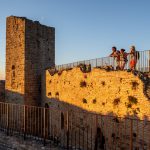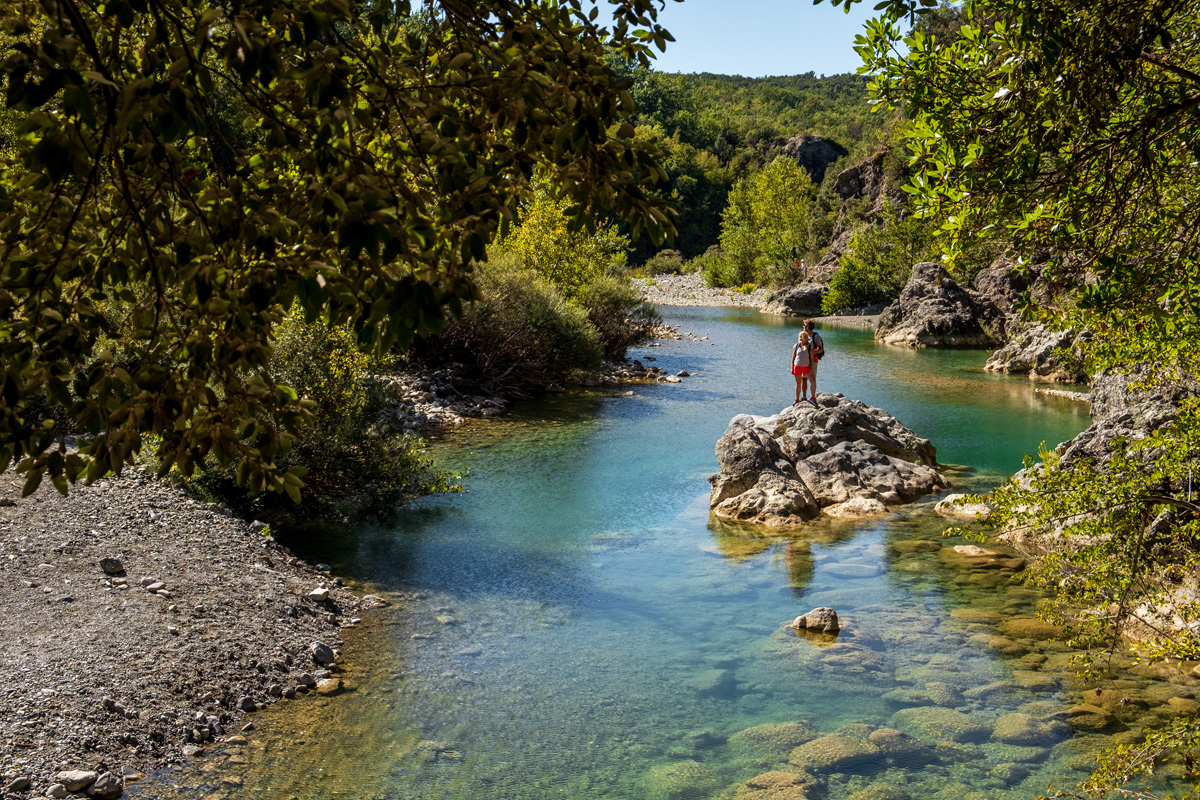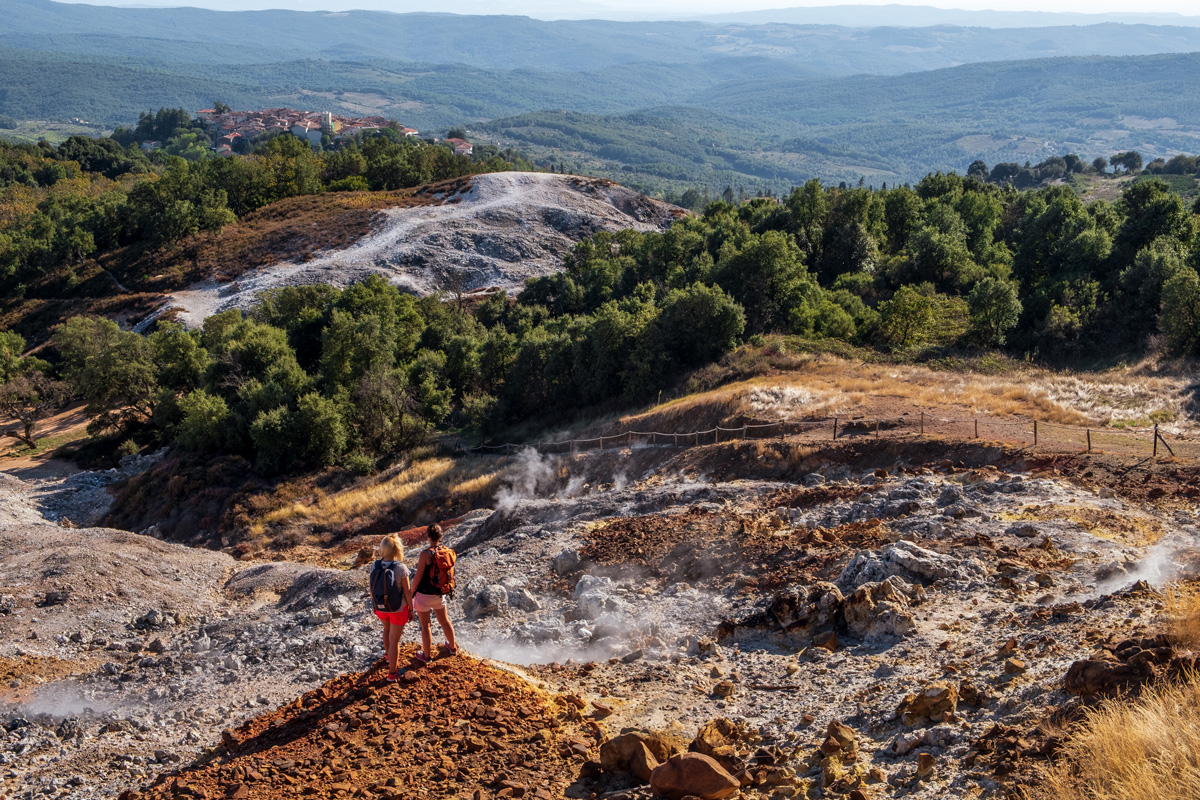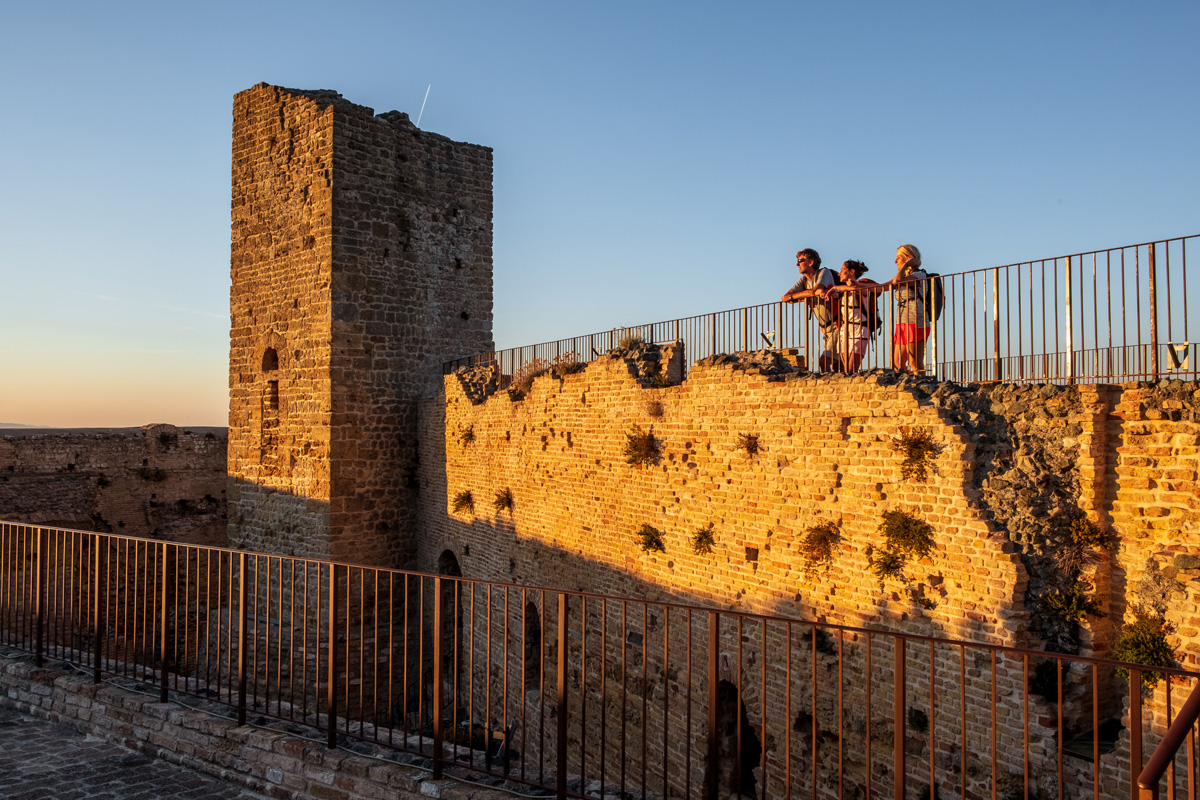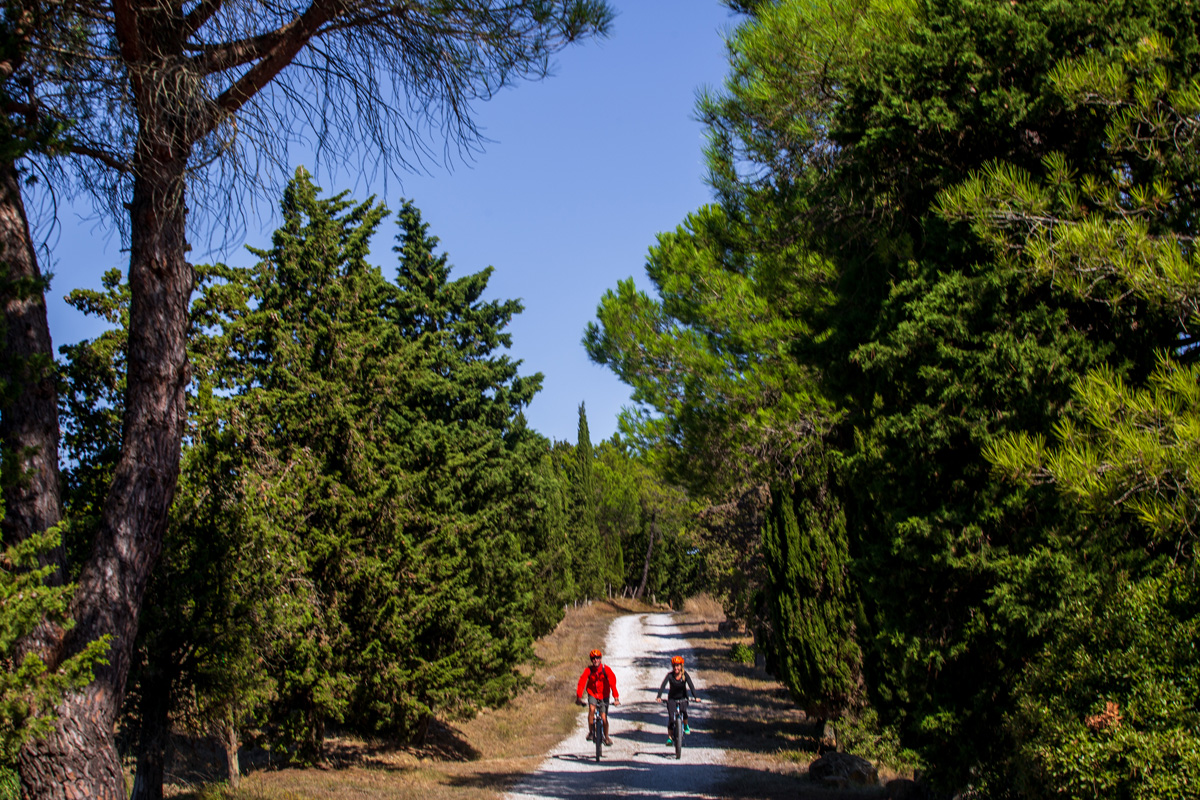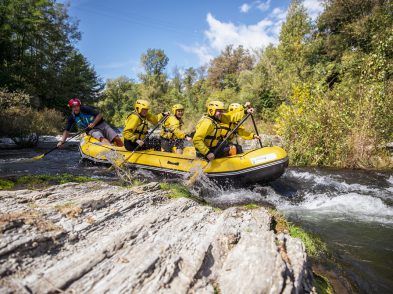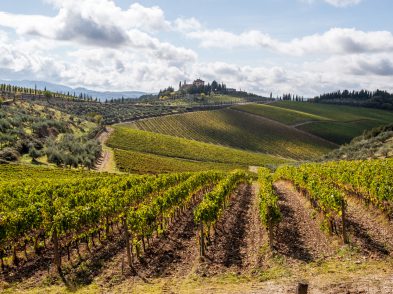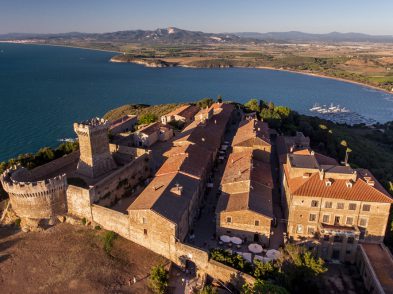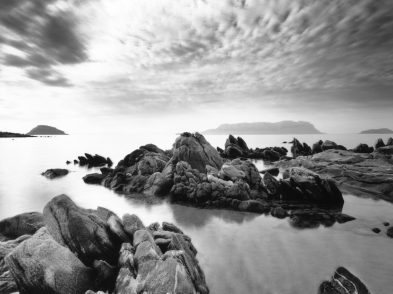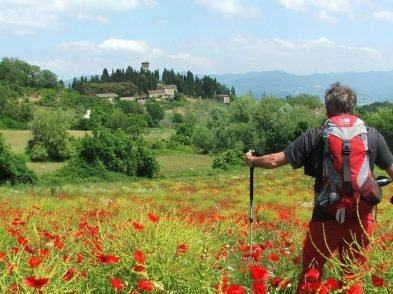- Val di Cecina. Photos by Nicola Santini for Toscana Promozione Turistica
- Val di Cecina. Photos by Nicola Santini for Toscana Promozione Turistica
- Val di Cecina. Photos by Nicola Santini for Toscana Promozione Turistica
- Masso delle Fate. Photos by Nicola Santini for Toscana Promozione Turistica
- Masso delle Fate. Photos by Nicola Santini for Toscana Promozione Turistica
- Masso delle Fate. Photos by Nicola Santini for Toscana Promozione Turistica
- Parco delle Biancane. Photos by Nicola Santini for Toscana Promozione Turistica
- Parco delle Biancane. Photos by Nicola Santini for Toscana Promozione Turistica
- Rocca Silana. Photos by Nicola Santini for Toscana Promozione Turistica
- Rocca Silana. Photos by Nicola Santini for Toscana Promozione Turistica
- Rocca Silana. Photos by Nicola Santini for Toscana Promozione Turistica
It’s a Saturday morning when we set off from our hotel in Volterra. As we wander through the city’s cobblestoned streets, we find ourselves in the beautiful piazza dei Priori with its city hall, before making our way to the bus that awaits us at the belvedere. Looking out over the Val di Cecina, surrounded by this cradle of civilization, at once Etruscan and Roman, Medieval and Renaissance, our gaze stretches all the way to the sea.
BERIGNONE NATURE RESERVE AND THE MASSO DELLE FANCIULLE
Once we arrive at the Berignone Nature Reserve, one of the largest in Tuscany, the first thing that strikes us is the silence, broken only by the flow of the Cecina River and its tributaries, or a handful of insects zipping by us in the warm air. As we begin to walk through the reserve, we immediately notice the variety of landscapes: from rolling hills to massive oak forests and farmed fields. But what is most impressive is the constant presence of human mediation, harmoniously balanced with the surrounding nature: ruins of a medieval castle sitting atop a hill, signs of 19th-century mining activity, traces of a canal that once fed water to an old mill on the river bank, a cobblestoned road laid in the Middle Ages. Indeed, our guide tells us that this area is “a wild land with 3,000 years of history”.
A fairly simple 30-minute walk takes us to our destination: the Masso delle Fanciulle, a splendid bight in the Cecina River that winds between craggy boulders dipping into the water. A stone’s throw away are small cascades with eye-catching fish that splash around worry-free; this is the perfect place for a refreshing swim in the summer, our guide tells us. The Masso delle Fanciulle is like a poem written in nature, where the green vegetation blends with the azure water and blue sky, offering visitors a few hours of relaxation under the sun, at one with nature.
LE BIANCANE NATURE PARK IN MONTEROTONDO AND THE TERRE FUMANTI IN SASSO PISANO
As we approach the Le Biancane Nature Park we notice the strong smell of sulphur. But this sensation pales in comparison to seeing the fumaroles, emissions of hot steam pouring out of the many fissures in the earth, immediately evoking scenes from Dante’s Inferno. The view becomes even more surreal due to the unusual nature of the landscape: a white surface vaunting plumes of smoke is interspersed by red, chalky rocks, tinted white only where exposed to acid and heat. We spot shrubbery and bushes, making it a truly rare experience. The route from Monterotondo to Sasso Pisano can only be undertaken along certain stretches, otherwise a full loop can be hiked between the two villages, which are worth a visit in themselves, perhaps to taste the local products.
ROCCA SILLANA
We reached Rocca Sillana as the sun was setting. Located near Pomarance, this fortified castle with its polyhedral base is built on top of a small hill. Its high-lying position offers us a 360-degree view over a large swathe of Tuscany, including the Val di Cecina and vast parts of Pisa, Siena and Grosseto. The twilight, mesmerizing views and masterfully renovated buildings make this a truly immersive experience. We find ourselves lost in it, imagining those who lived in the castle, hearing their voices in the wind, almost catching sight of the highwaymen, pilgrims and tradesmen peeking out of holes built into in the thick walls.
The oldest part of the fortress is the 12th-century tower in the centre. Its name is derived from Sillano, a reference to the settlement’s Etruscan origins. The rest of the small stronghold is attributed to the architect Giuliano da Sangallo, who expanded the building in the 15th century. Rocca Sillana is the perfect place to visit after a few days of walking, cycling or horse riding, giving you a chance to fully experience the beauty of the land you’ve called home for the last few days and to immortalize it in photographs.
For more information, contact Consorzio Turistico Volterra Valdicecina

